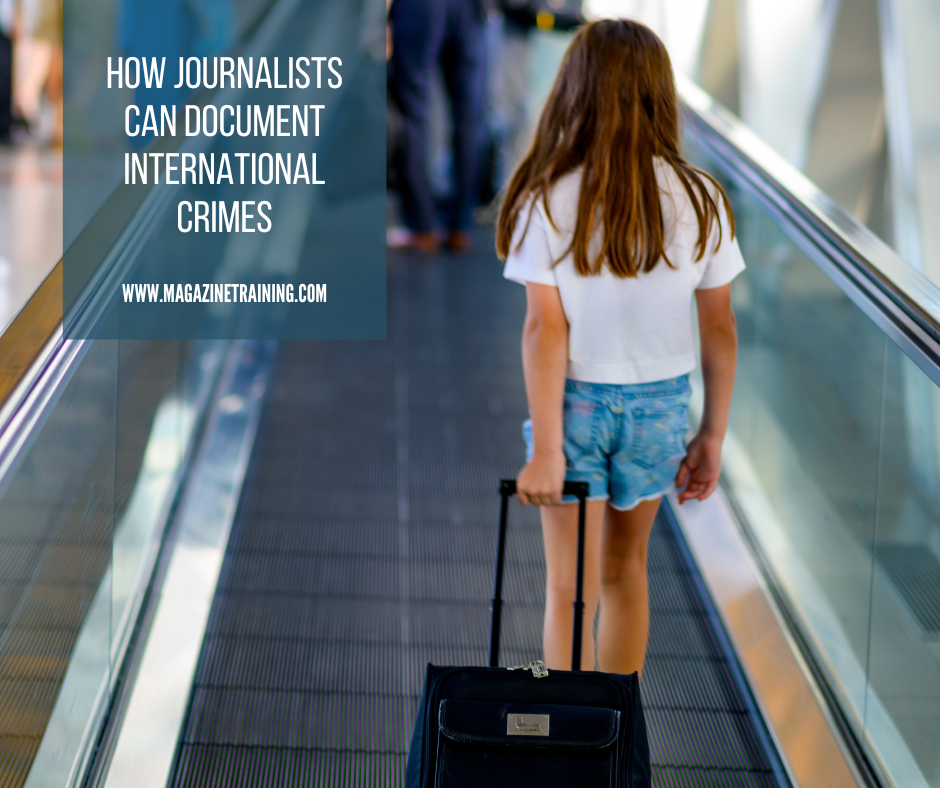
Journalists regularly observe events, collect information and speak with sources while on the job. What if, without detracting from core reporting, they also knew how to conserve vital evidence gathered in reporting so it passes muster in legal proceedings? This can be especially consequential in conflict and crisis zones where international crimes are being committed, such as during Russia’s invasion of Ukraine and the internal conflict in Myanmar.
A new guide from the Centre for Law and Democracy offers practical steps journalists can take to ensure information they gather around international crimes can stand up as evidence in the eyes of the law — in doing so helping courts establish what crimes have been committed, how, and by whom.
“You can’t just treat that information as you would a news story because courts have very particular rules about evidence,” explained Toby Mendel, the Centre’s executive director.
The Guide focuses its recommendations on three “serious international crimes” defined by the Rome Statute of the International Criminal Court. It’s not essential that journalists become experts in these types of crimes, but rather that they understand what defines them:
- Genocide, defined as “any of the following acts committed with intent to destroy, in whole or in part, a national, ethnical, racial or religious group, as such.” This may include mass killing of group members, inflicting serious bodily or mental harm on them, preventing births within the group, and other actions taken with the systemic intent of the group’s destruction.
- Crimes against humanity, or “any of the following acts when committed as part of a widespread or systematic attack directed against any civilian population.” These crimes include murder, torture, rape, enslavement, and more. In certain cases, hate speech can also be considered a crime against humanity if it calls for crimes against civilians.
- War crimes are “serious” or “grave” violations of the Geneva conventions and the laws of armed conflicts, both between states and in internal conflicts. These may include instances of murder, torture and rape, as well as attacks against religious or educational buildings, employing prohibited forms of warfare such as chemical warfare, and using civilians as shields.
Evidence of these three categories is assessed in courts on its relevance to potential crimes committed, how reliably it demonstrates the crimes, and its “absence of prejudicial effect.” To avoid evidence being excluded on this last component, the Guide recommends compiling evidence in several different formats when possible.
by David Maas, International Journalists’ Network
Photo by Philippe Murray-Pietsch on Unsplash
Related posts
Magazine Training International’s mission is to encourage, strengthen, and provide training and resources to Christian magazine publishers as they seek to build the church and reach their societies for Christ.

